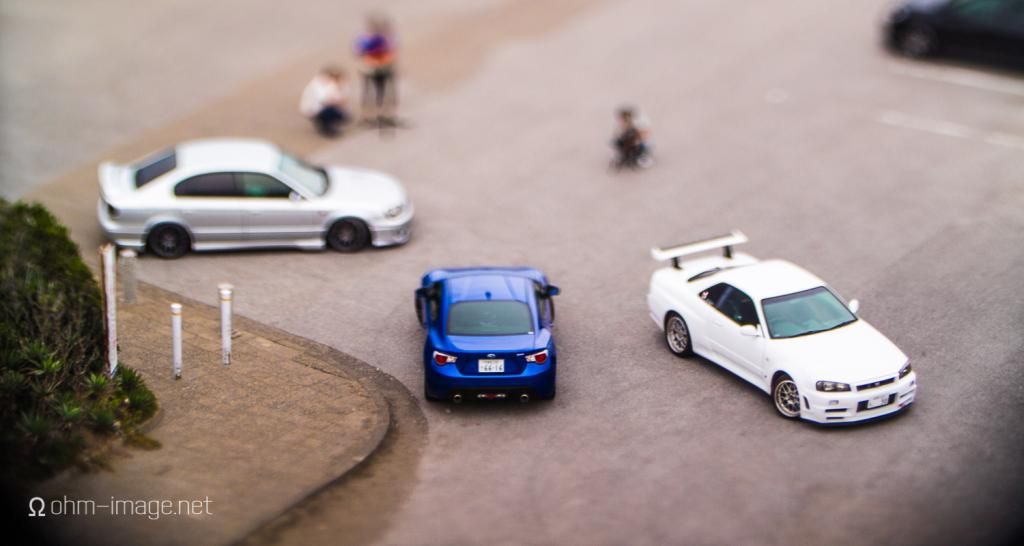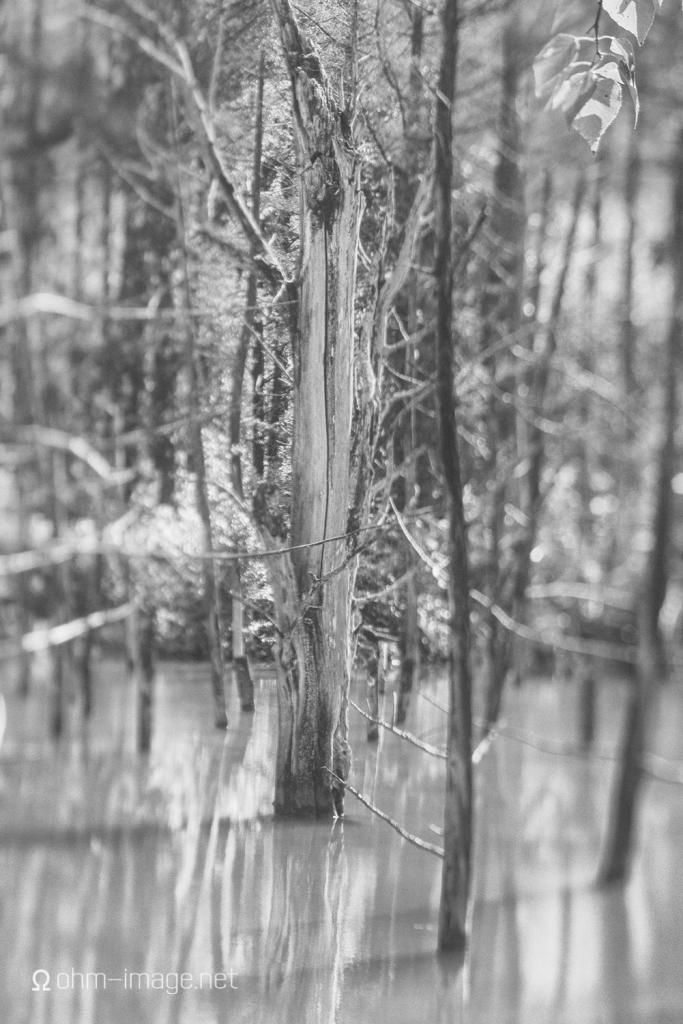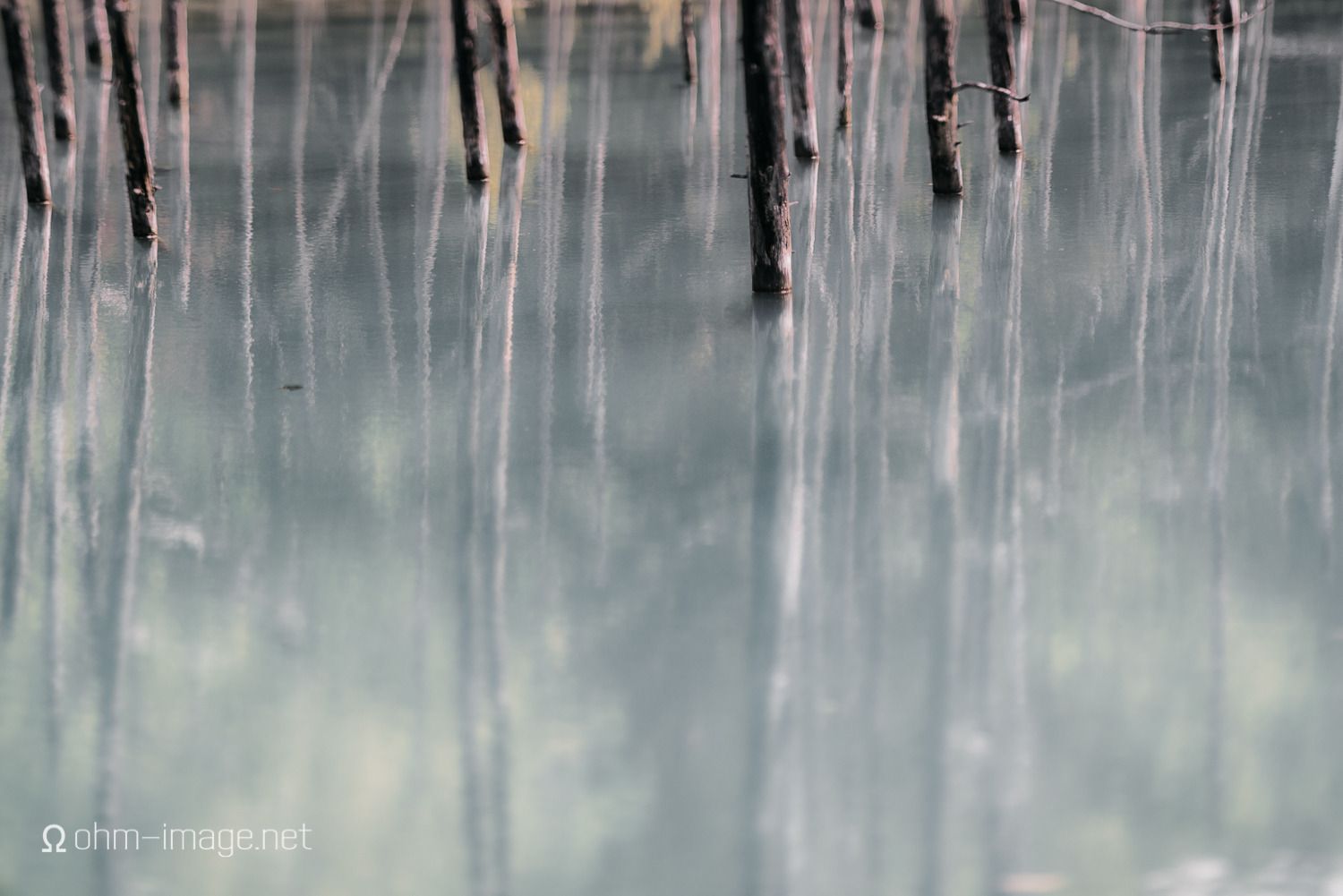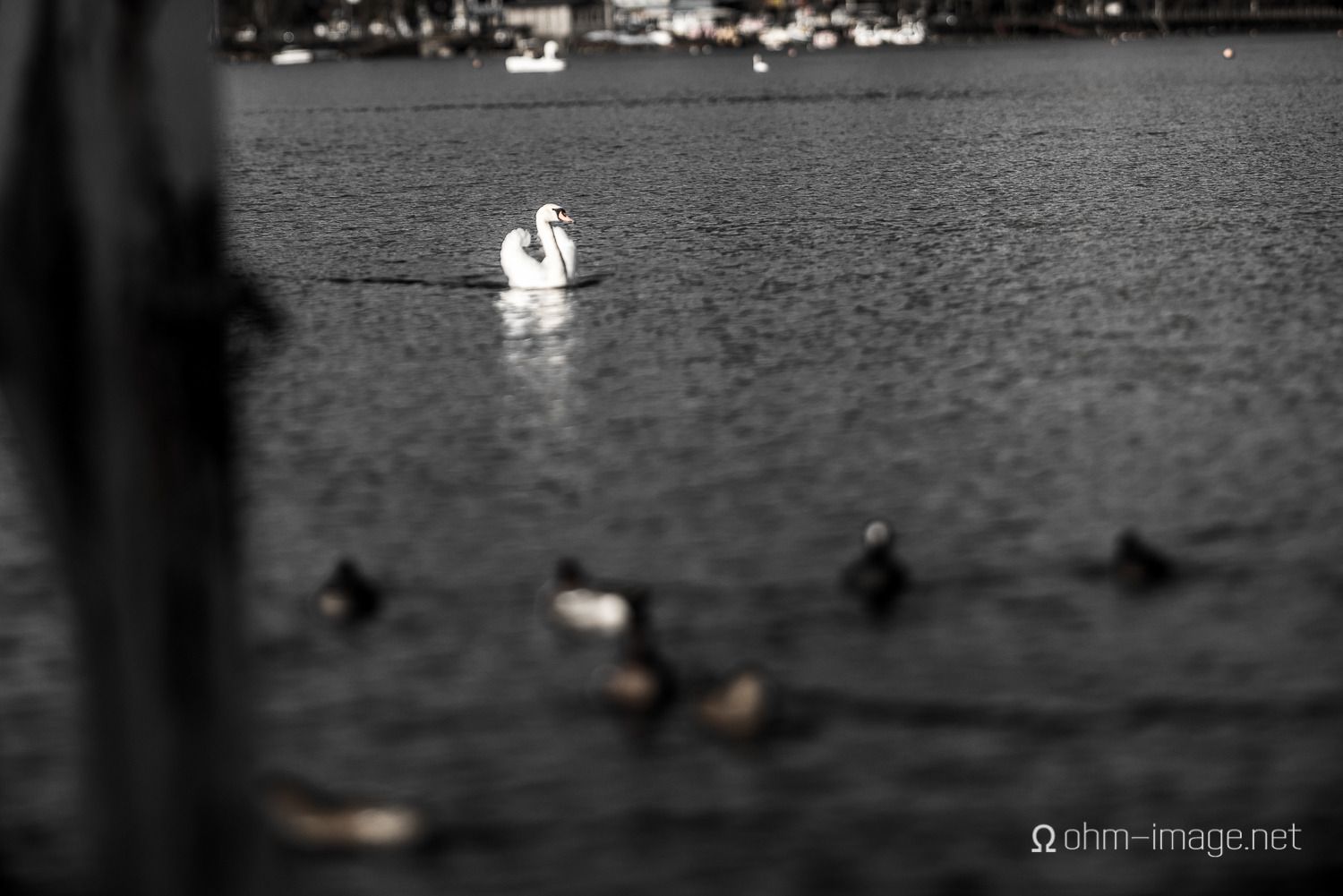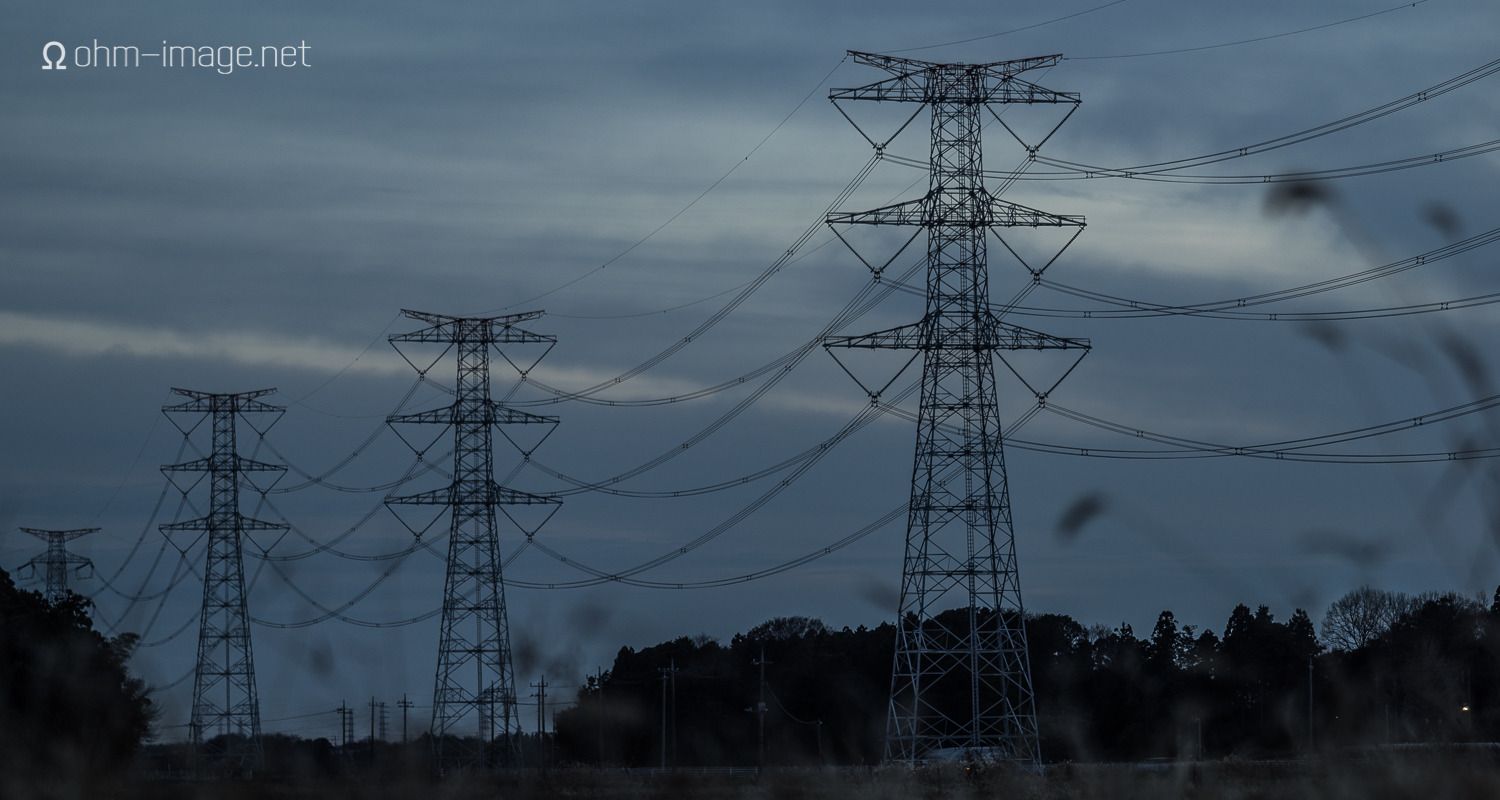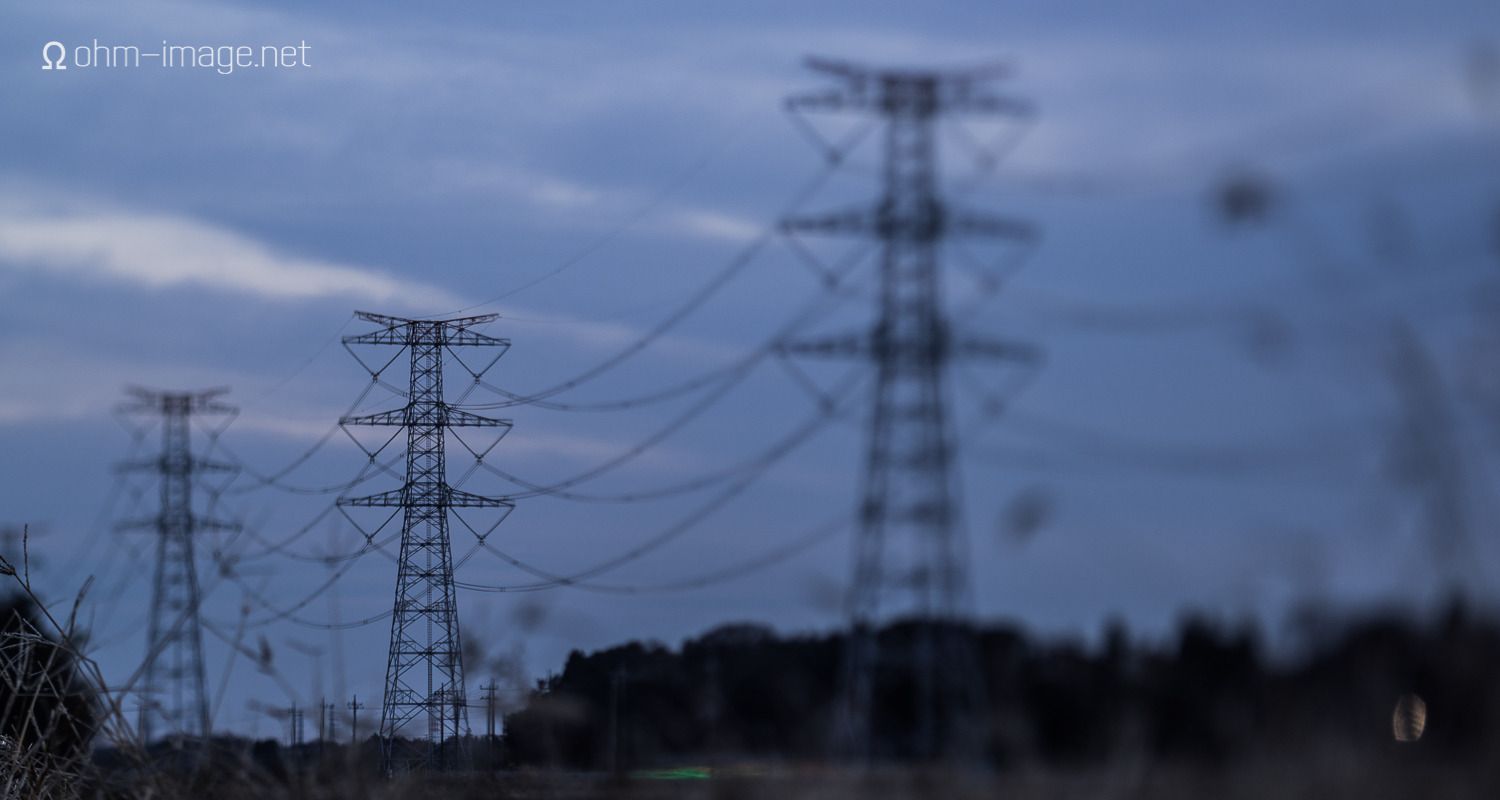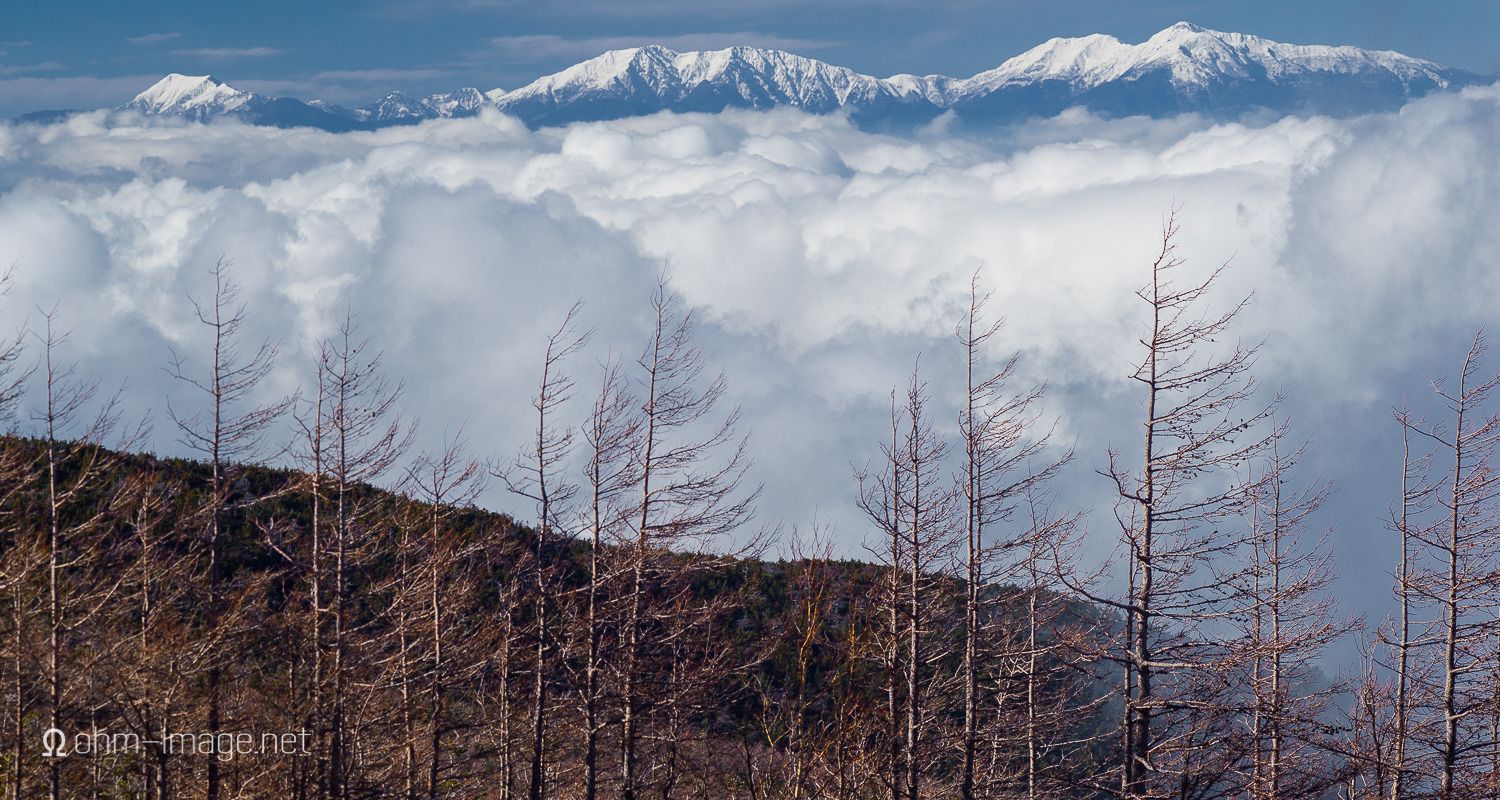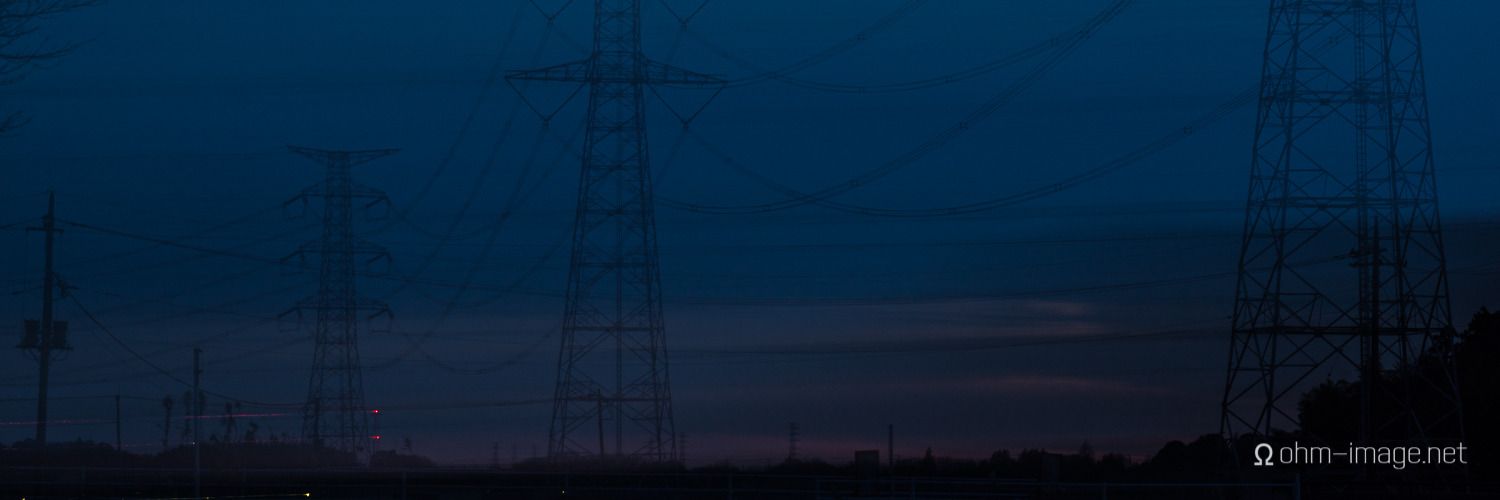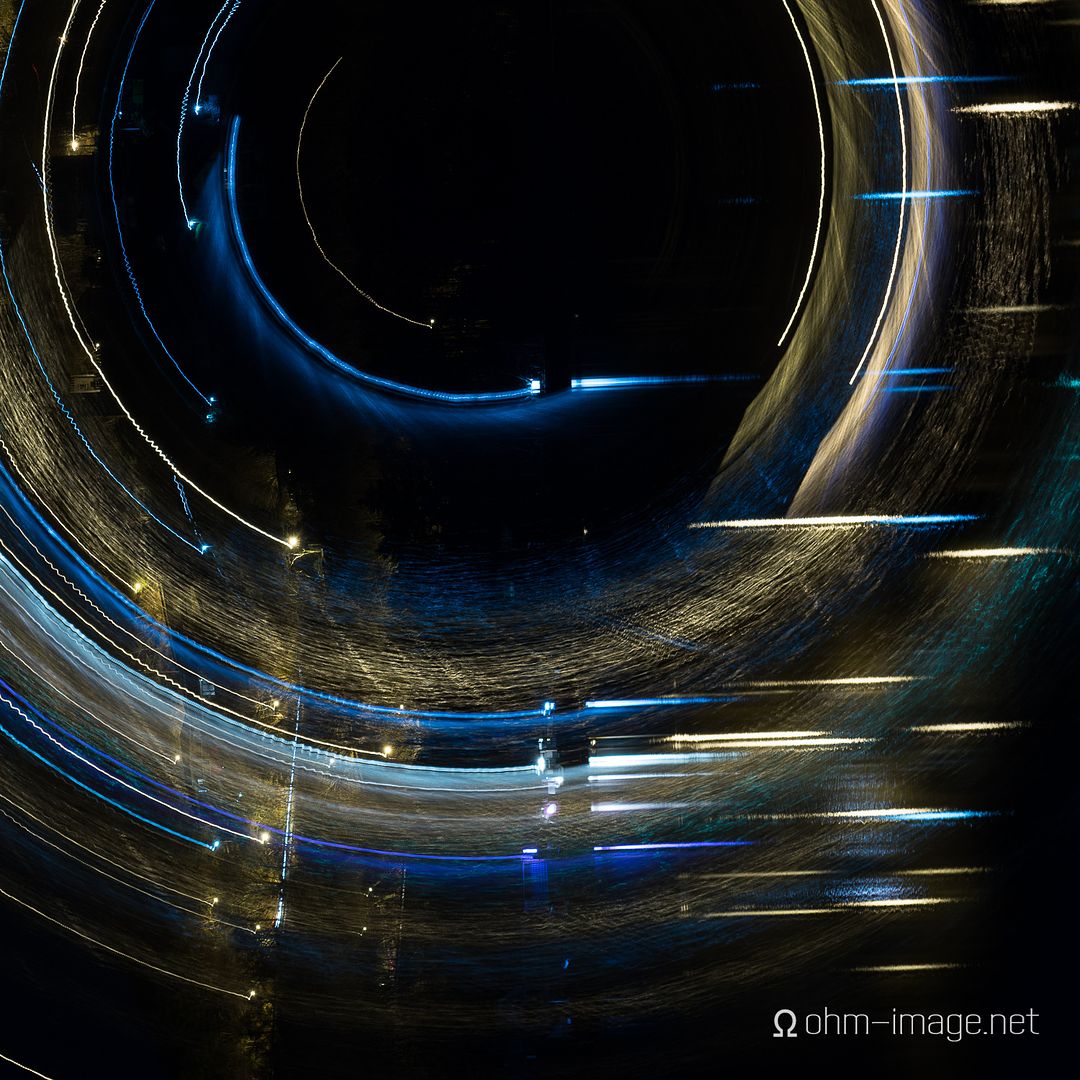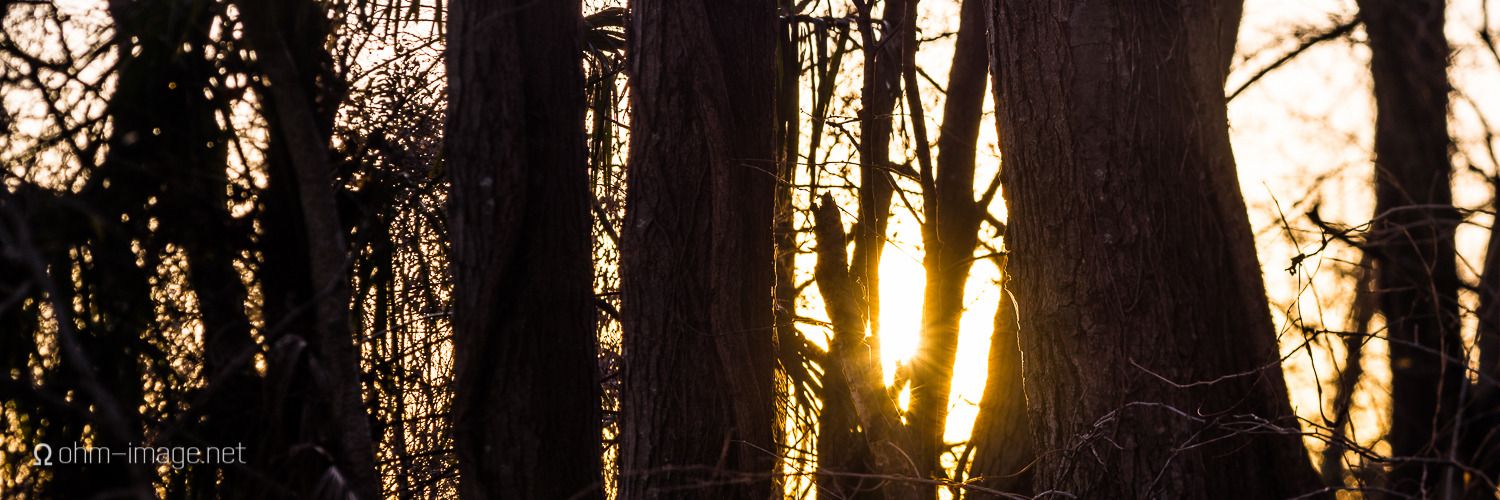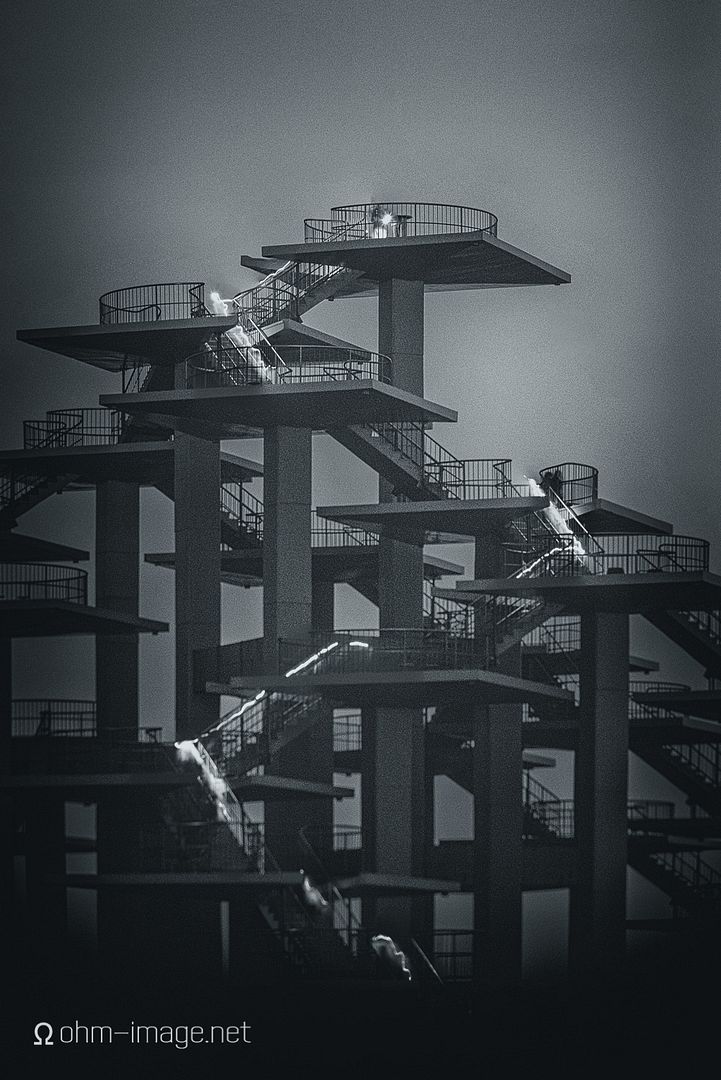Novoflex BALPRO T/S adapter review: Part 3 – Fun with the BALPRO T/S
Novoflex BALPRO T/S adapter review Part 3
Fun with the BALPRO T/S
guest post by Nathan Wright (ohm-image.net)
_ _ _
In part 1 of this review, I covered the design and operation of the BALPRO T/S. In part 2, I discussed how its controls apply to professional work, and to what extent it can replace, or augment larger bellow systems.
This part is all about images. Images taken when hiking. Images taken when touring around Japan’s country side .Images taken whilst drinking from high pylons overlooking Chiba Kun’s crotch.
I am not a landscape photographer. I’m not even an artist. So the images in this section should be treated as simple, sophomoric attempts at fun. And fun they were.
Every image in this part of the review was drawn by a fantastic Fujifilm wide-angle large format lens. Its spec goes like this:
135mm f/5,6
Copal 0
Fits in an iPod sock
One of the reason I love large format lenses is that they are so small and light. And they can make great images. This Fujifilm isn’t the sharpest when put on small format sensors, but it has lovely, painterly bokeh. No, not ultra smooth, but ultra brushed-on, and full of ultra earthy tones.
I has a 52mm front thread, making it instantly compatible with all of my Nikon 135 format film lenses and caps. It is sharp when shot straight on, with little tilt or shift applied. It is less than sharp when the film plane is skewed in one direction or another.
But I’m of the mind that when not being paid for producing it, sharpness isn’t that important.
Here’s how the BALPRO T/S and Fufjilm 135/5,6 combo makes a scene look toyish:
Here it is making a tree look scary:
This image was taken at a polluted reservoir made famous by Kent Shiraishi’s OSX desktop image. It is a ridiculous attempt at creating something unique when in my brain, all that burned was Blue Pond:
Here it is selectively focusing on a swan in lake Yamanaka:
Here’s what the Fujifilm 135/5,6’s bokeh looks like:
Here’s this long lens and the BALPRO T/S keeping a horizontal plane in tight focus despite being shot wide open:
And here is the same scene show with the plane of focus tilted the opposite direction:
Here’s Mt. Fuji tilting away from the moon:
And here are mountains that remain rather in focus thanks to forward tilt despite the focus point being the nearby trees:
And here the traffic from my house spins around its axis:
And here the camera follows the traffic after a long exposure:
Here’s a hotel turning about its axis across Lake Yamanaka:
And here is the bark of a tree brought out with a friendly tilt. The trees around it are blurred away:
Here is an attempt to reset the camera in time to capture a moving airplane. It is a complete failure:
Finally, here is a giant pylon in Chiba, Japan and people finding their way up and down again using smartphones. It is composed of 4 or 5 images. The vignetting is all lens-based:
Conclusion
I hope that in its various parts, this review has helped you see how a bellows camera can be fun, not to mention indispensable for certain types of photography. The BALPRO T/S is fully capable of replacing a simple tilt/shift setup. Providing that you have a large enough sensing device with a shallow enough flange, you can use pretty much every lens ever made. And Novoflex have adapters for most, if not all, important mounts.
Current non-modular dSLR and mirrorless cameras work pretty well, but are incompatible with many great wide-angle large and medium format and enlargement lenses. Their flanges are too deep, rendering wide angle lenses useful only for extreme closeup photography.
The BALPRO T/S is light enough for hiking, and takes less than a minute to setup and compose a photograph. It is stable and works extremely well for macro photography. Its rotating parts allow it to be used creatively, and critically for any number of applications.
That said, it can’t replace a technical monorail camera. It lacks the movements. Then again, if it was designed to replace one, it be one. In the end, I was so impressed with the system of adapters which Novoflex had lined up that I bought into the system. No, I didn’t purchase a BALPRO T/S. Instead, I purchased a Rollei X-ACT 2, which is compatible. (Perhaps that will be a further instalment.)
Thank you Novoflex for providing the loaner for this review.
Feel free to ask questions and make comments below.
Also, feel free to follow my work. I shoot advertising mages for photography and audiophile manufacturers and magazines exclusively.
web: ohm-image.net
twitter: @ohm_image
instagram: @ohm_image
Pinterest: ohmimage
500px: ohm-image
Finally, you can tune into the OHM AIR podcast where yours truly and special guests from the geek worlds of audiophilia and photophilia talk about cameras, about photography, about audio trends, pens, razors, and of course, STAR WARS.
Nathan Wright


